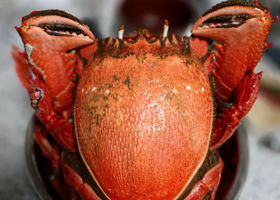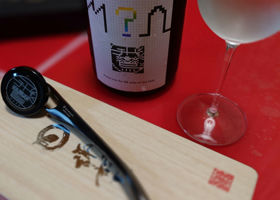


YSTJ
Kinjaku, autumn rise.
The season has come again this year!
It will be served at a dinner party with my mother-in-law.
It has a mellow aroma like ripe melon. The gasiness that can be felt even after one summer is pleasantly stimulating to the throat. The fruity sweetness that reminds one of pineapple and the rounded, mellow flavor fill the mouth. The clean acidity takes care of the aftertaste.
We enjoyed it with Asahi crab that my mother-in-law sent us from Kagoshima. The bright reddish-orange color of the boiled crab is miraculously synchronized with the color of the label!
The crab meat is substantial and the crab innards are rich and delicious, but the beautiful acidity is a perfect match.
The taste of perfection, it decorated our dining table with a sense of serenity.
Japanese>English
ジェイ&ノビィ
Good evening, YSTJ 😃.
Kinjaku-san's autumn rise! I like it 😋.
I would like to taste either one of these red sets ‼️ 🤗
Japanese>English
YSTJ
Jay & Nobby,
Hi there, I'm so sorry to hear about the problem. I didn't expect to be covered in color lol both were delicious 😆.
Japanese>English







































